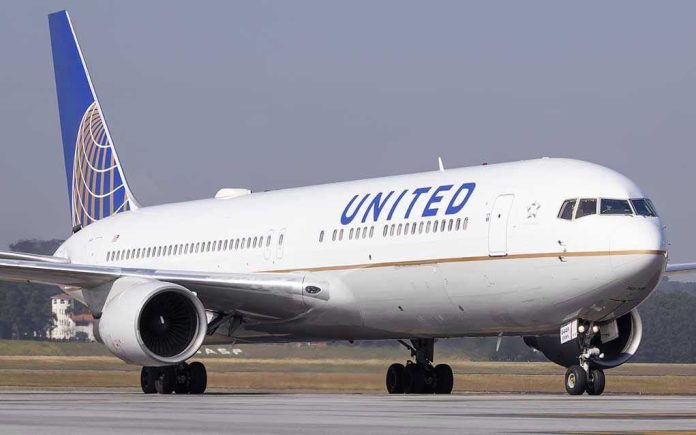
One anonymous phone call triggered a full-scale shutdown at Reagan National Airport, exposing both the strengths and the vulnerabilities of America’s aviation security playbook in a single, nerve-rattling morning.
Story Snapshot
- A targeted bomb threat against United Airlines Flight 512 forced the evacuation of hundreds and halted all air traffic at one of the nation’s most critical airports.
- Passengers were kept in the dark, then hurriedly evacuated, as authorities raced to neutralize a threat that ultimately proved to be a hoax.
- The ground stop rippled across the region, causing delays, cancellations, and heightened anxiety for travelers and staff.
- The incident underscores the disruptive power of modern hoax threats and the relentless pressure on security professionals to balance caution, communication, and public trust.
How a Single Call Froze Reagan National Airport
United Airlines Flight 512 from Houston had landed on the morning of November 4, 2025, when air traffic control received a chilling phone call: a bomb would detonate if the jet touched down. Within minutes, the aircraft was ordered away from the terminal, boxed in by emergency vehicles, and placed under the scrutiny of law enforcement. Nearly an hour ticked by as passengers sat unaware of the true nature of the crisis unfolding just outside their windows. Only after a terse announcement were they told to leave everything behind and evacuate via shuttle, still in the dark about the specifics of the threat.
This swift, visible response is the signature of post-9/11 aviation security. Threats—however implausible—are treated as real until proven otherwise. The cost? Disrupted schedules, anxious travelers, and a tense, high-stakes waiting game for everyone on the ground and in the air. Yet the alternative—downplaying or mishandling a credible threat—remains unthinkable in a world where the margin for error is measured in lives and headlines.
Passengers, Protocols, and Panic: Inside the Response
For the passengers and crew of Flight 512, the ordeal was a crash course in crisis management. Held on the tarmac, then hustled out without their belongings, they experienced firsthand the cold calculus of security protocols: inconvenience and confusion are a small price to pay for safety. Law enforcement swept the plane with meticulous care, finding no explosives but leaving behind a residue of fear and frustration. Airport staff worked overtime to manage the cascade of delays and cancellations that rippled out from the ground stop, while United Airlines fielded questions from concerned loved ones and the media alike.
Airlines and airports have little room for improvisation in these scenarios. Their job is to execute established procedures, coordinate with federal agencies, and communicate just enough to maintain order without inciting panic. Law enforcement leads the investigation, determined to trace the source of the threat and deter future hoaxes. Passengers, meanwhile, are left to process a day that upended their plans and underscored the unpredictable nature of modern air travel.
Aftermath and Industry Reckoning: Lessons from a False Alarm
No bomb was found on Flight 512, but the incident was far from harmless. Reagan National Airport lost hours of productivity, airlines scrambled to rebook passengers, and travelers across the region felt the shockwaves of a threat that was over almost as soon as it began. For security experts, the episode reinforced two hard truths: every threat must be taken seriously, and every response comes with a price. While most bomb threats are hoaxes, the cost of complacency is too high to risk.
The aftermath will be measured in more than just delayed flights. Investigators will pore over the phone records, seeking the perpetrator whose call caused so much havoc. Airport authorities and airlines will review their response, searching for lessons to apply to the next inevitable scare. Passengers will weigh the reassurance of a robust security response against the anxiety of not knowing what’s happening until it’s too late. For the industry, the incident is a stark reminder that the balance between vigilance and disruption is fragile, and that the most sophisticated security protocols are only as strong as the weakest link in the chain.
Sources:
DCA flights grounded for over an hour after reported bomb threat






